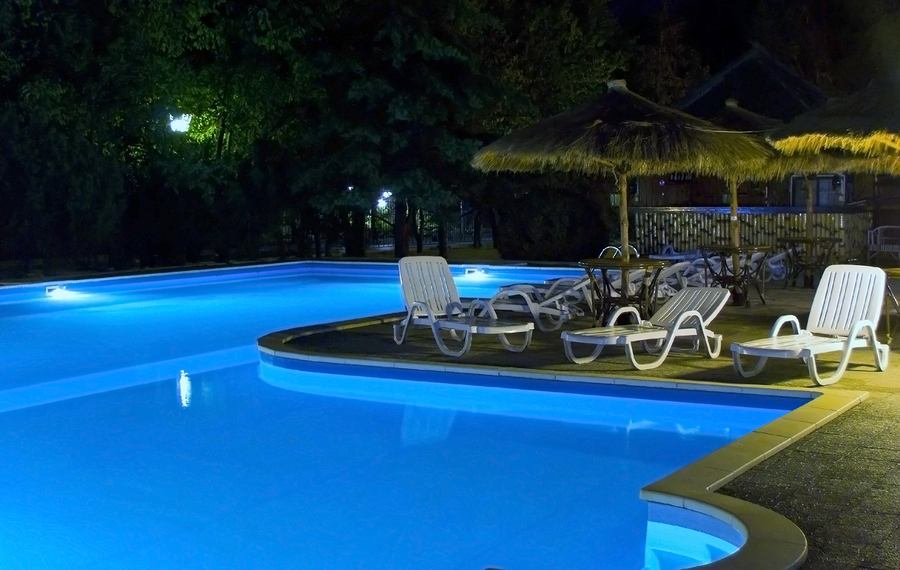Never Stop Learning, Part 1: Naming and Recognizing Basic Pool Components?
Are We There Yet?
Summer is almost upon us, that season that brings relief from the pressures of school for most students – and teachers for that matter! It’s the time of year when visions for vacation fun come to fruition. Remember to apply sunscreen. Don’t pet the sharks. Wait at least 30 minutes before getting into the water after eating. Don’t dive into the shallow end. You know, just follow basic rules, the fundamentals.

We learn them in kindergarten, in youth basketball, as part of orientation events, and during on-the-job training. Many sports movies tell us that you have to get back to the fundamentals, to make sure you have the basic moves down, if you want to win a championship. Full disclosure: I’m not much of an athlete, but I was the shortest male starting player on our championship, co-ed volleyball team at Dover Air Force Base, 2008. Knowing and leading with the fundamentals allows us to more easily and correctly develop new skills and take on elevated responsibilities.
Familiarity with each element of your pool and its equipment is the foundation from which you can build more and more confidence in your ability to care for your pool. Correctly naming each part, understanding basic functions, recognizing warning signs, and knowing what actions to avoid and why, can enable homeowners to work smoothly with a pool repair and renovation company to keep their investment in peak condition. Let’s start at the beginning, creeping out onto the shallow steps (‘cause in May, the water’s still a bit chilly)…
Can You Name That Component?
I’ll lay out some universal, basic component descriptions, glossary-style, hopefully in just enough detail to inform without confusion.
- Filter – This is the name many people use for many things (including their main pump or strainer baskets, or perhaps what their spouses are lacking when they say inappropriate things). In the industry, it is actually the component that receives water from the main pump (aka filter pump) and cleans it before sending it back to the pool. It is a cylinder with a pressure gauge on top, sometimes with two halves that can be separated for easy breakdown and cleaning. There are 3 general types of filters: sand, diatomaceous earth (DE), or cartridge. Sand and DE filters need backwash valves; cartridge filters do not backwash. DE and cartridge types need to be taken apart and serviced semi-annually.
- Filter Pump (or Main Pump) – The heart of the filtration/circulation system of any pool, a filter pump consists of two major sections: wet end and dry (or power) end. The wet end of the pump contains the pump pot and strainer basket; this is where water flows through plumbing connections. The dry end consists of the motor and capacitor, as well as a pump seal, the part that keeps water from sneaking out like a defiant, grounded teen on Saturday night. Many problems can arise in this one component, some related to water flow and some to electricity.
- Cleaner booster pump – If you have a boosted-pressure-side cleaning head wandering aimlessly around the floor of your pool, you must have one of these. It takes filtered water and sends it with increased pressure to the fitting in the wall of your pool. They take a substantial beating, even though they only run 2-4 hours a day normally, and typically wear out more quickly than the main pump.
- Skimmers – These are the openings in the top of the pool wall that draw in the dirtiest part of the water, the top 2 inches. Leaves, debris – anything that floats on the surface (including bugs and small animals) are drawn into the skimmers and caught in the strainer baskets – so hold onto your swimming Yorkies tightly. The plastic-to-tile joints in skimmer throats are places vulnerable to leak when grout joints erode because of moving water and moving soil that dislodge the grout found there. Skimmer weirs (often called “flappers”) are normally affixed to the skimmer throat and help to (1) increase water velocity and (2) prevent trapped debris from floating back out once the pump shuts off. Strainer baskets need to be cleaned often enough so that trapped leaves don’t prevent the flow of water to the main pump.
- Main Drain – Some believe this to be a way that water is removed from the pool, but it is actually the lowest port for suction plumbing in any pool. It performs the same task as the skimmer, drawing water into the main pump suction plumbing, to help with water turnover rate – the number of times all the water in the pool gets filtered. Federal and local regulations require new pools to have 2 of these per body of water spaced at least 36 inches apart. Also, the way they are covered is heavily regulated to prevent, as best as possible, drowning by entrapment, hair entanglement, and a number of other dangers associated with heavy suction through the bottom of a pool or spa.
Watching the Clock
All right, the bell’s about to ring, that last announcement that summer is ready and waiting for its sun worshippers and beach bums. If all this shop talk has your head spinning, invite us over to bring some clarity. We can even label everything professionally for you. More importantly, we can let you know what looks right and what could use a little tune up. I’ll be back periodically with some more helpful, fundamental information; in the meantime, enjoy the start of a new season!
